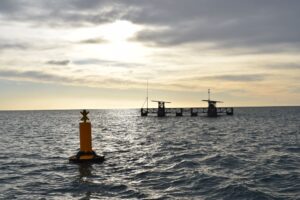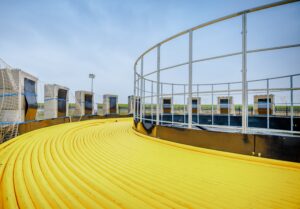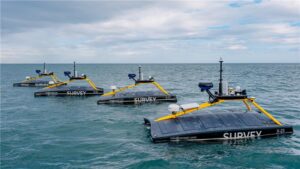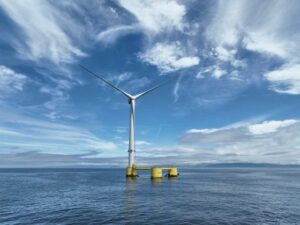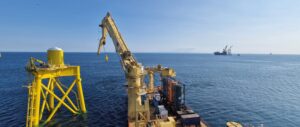Maine governor proposes actions for floating wind research array
Maine Governor Janet Mills is proposing a series of actions to advance the planned floating offshore wind research array in the Gulf of Maine.
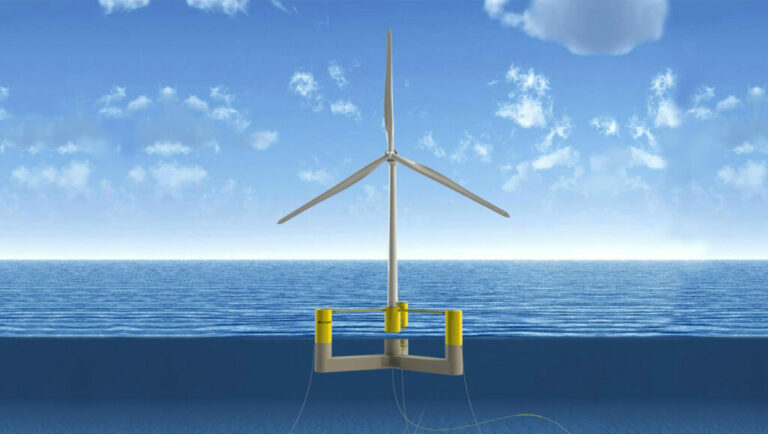
In a letter to Maine’s licensed commercial fishermen, Mills announced she will propose for the legislature’s approval a ten-year moratorium on new offshore wind projects in waters managed by the state.
Mills writes that she has directed the Energy Office to review offshore wind regulations and again opened channels and opportunities for input from fishermen and marine industries siting the proposed research array.
These actions seek to protect fishing and recreational opportunities within three miles of coastal waters managed by the state, said to be more heavily fished than federal waters.
“This moratorium is an important step that will allow us to continue to alleviate concerns expressed by fishermen and will give us an opportunity to have a more focused conversation around the proposed research array,” said Maine Department of Marine Resources Commissioner Patrick Keliher.
“We will continue to work to see that all stakeholders are afforded the opportunity to have a voice in the decision-making process. Maine fishermen are vital to our state’s economy and heritage and I applaud Governor Mills’ decision to support their opportunity for input into the shared use of our state’s valuable marine resources.”
In November last year, Mills announced the state’s intention to create the nation’s first floating offshore wind research array.
Maine intends to file an application with the U.S. Bureau of Ocean Energy Management (BOEM) for the project to be led by New England Aqua Ventus, which is already developing a demo floating wind project that uses VolturnUS, the floating concrete semi-submersible hull designed by the University of Maine (UMaine).
The research array is proposed for an area 20-40 miles in the Gulf of Maine in a proximate location that would allow connecting to the energy grid in southern Maine. The most likely locations for that connection are either Wyman Station in Yarmouth or Maine Yankee in Wiscasset.
The array would study how the new technology interacts with the marine environment, fishing industry, and performs generating energy and sending it to the mainland. Permitting and construction are expected to take up to five years, in advance of a research period of roughly 20 years, after which the array would be decommissioned.


